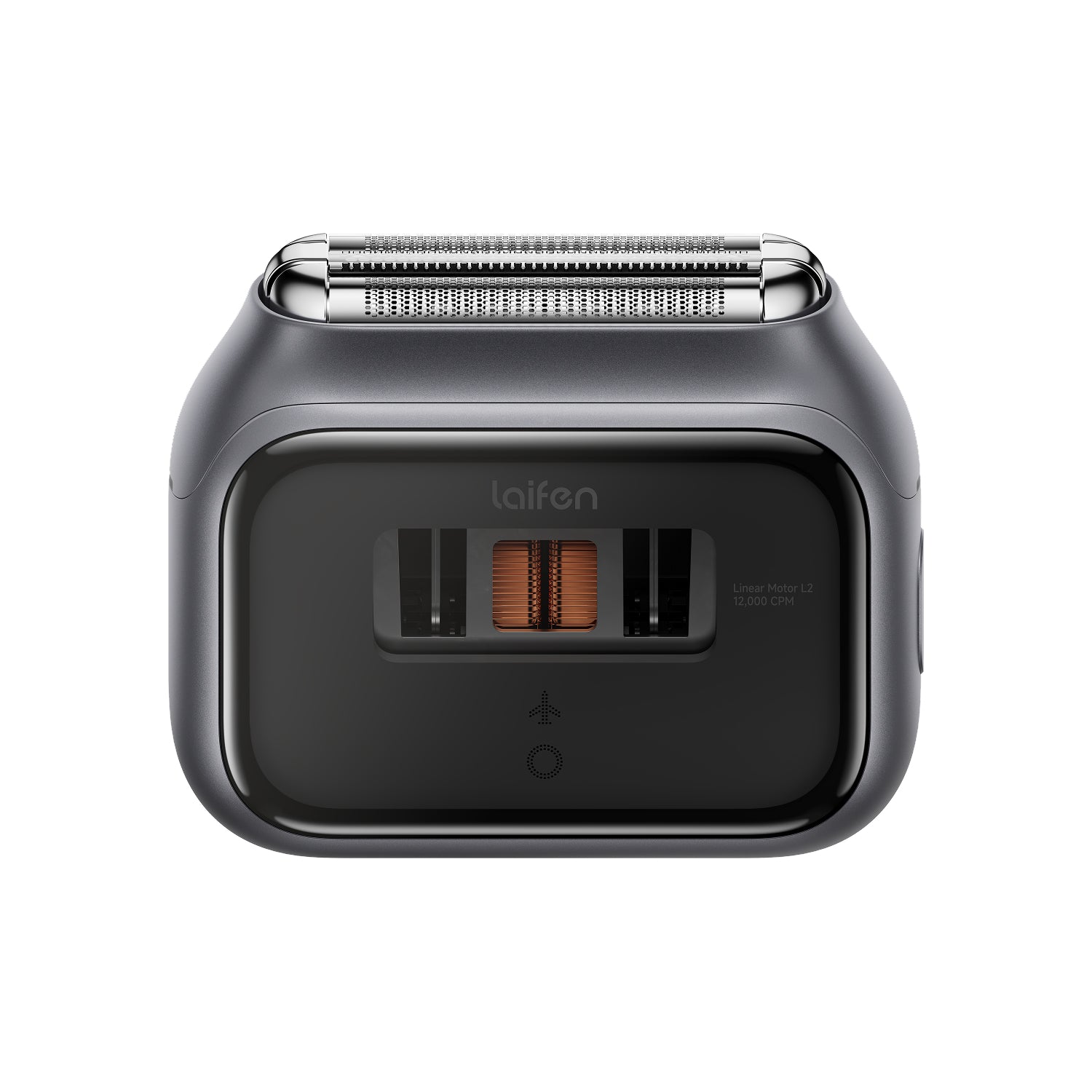
In this article
- Rotating oscillating vs. sonic electric toothbrushes-Key features
- Oscillating toothbrush vs sonic-A table
- Are oscillating electric toothbrushes better than sonic?
- Are sonic electric toothbrushes dangerous?
- Which is better for sensitive gums and teeth?
- Best electric toothbrush to choose from
- How to use them correctly? Some tips
Choosing between an oscillating and sonic toothbrush has been a long-standing debate in the dental world. While both types effectively clean teeth, they have distinct differences to consider.
Let's simply talk about them first. Oscillating toothbrushes feature rotating bristles that sweep back and forth, while sonic toothbrushes use high-frequency vibrations to agitate plaque and debris.
In the following, try to get more details on each type to make an informed decision for your smile's health.
Rotating oscillating vs. sonic electric toothbrushes-Key features
When it comes to electric toothbrushes, two popular options are rotating oscillating and sonic brushes. Each offers unique benefits and caters to different oral health needs. Here's a breakdown of their key features:
Rotating oscillating toothbrushes
-
Try a rotating-oscillating motion to clean teeth.
-
Bristles move in a circular pattern, and can remove the plaque&debris on your teeth.
-
Ideal for sensitive teeth or gums.
-
Recommended by dentists for their proven effectiveness in plaque removal and gum health improvement.
Sonic toothbrushes
-
Employ high-frequency vibrations to clean teeth and gums.
-
Generate powerful sonic waves that reach deep between teeth and along the gum line.
-
Offer a thorough and efficient cleaning experience-a deeper clean.
-
Known for their ability to remove stubborn plaque and stains.
Oscillating toothbrush vs sonic-A table
Now, let's compare the key features of rotating oscillating and sonic toothbrushes in a table:
|
Key features |
Rotating oscillating toothbrushes |
Sonic toothbrushes |
|
Cleaning motion |
Rotating-oscillating |
High-frequency vibrations |
|
Remove plaque |
Effective |
Highly effective |
|
Gum sensitivity |
Gentle |
Varies |
|
Cleaning intensity |
Moderate |
Intense |
|
Dentist recommendations |
Commonly recommended |
Increasingly recommended |
Are oscillating electric toothbrushes better than sonic?
The question of whether oscillating electric toothbrushes are better than sonic ones is a common one, and the answer ultimately depends on preferences and needs.
Oscillating toothbrushes, with their rotating-oscillating motion, are known for their gentle yet thorough cleaning. They're often recommended for sensitive teeth or gums due to their effective plaque removal and soft brushing action.
On the other hand, sonic toothbrushes employ high-frequency vibrations to clean teeth and gums and reach deep between teeth and along the gum line. They offer a powerful cleaning experience, ideal for those seeking a deeper clean and effective plaque removal.
Sonic toothbrushes are also known for their ability to remove stubborn plaque and stains and can provide you with a brighter, healthier smile.
Are sonic electric toothbrushes dangerous?
Sonic electric toothbrushes are not considered dangerous when used properly. However, like any dental tool, there are potential risks if they are not used correctly or if they are used by individuals with specific dental conditions.
One potential concern with sonic toothbrushes is their powerful cleaning action. While this can be beneficial for removing plaque, it may also pose a risk of causing damage if excessive pressure is applied or if the toothbrush is used for too long in one area. This could lead to gum recession or enamel erosion over time.
Users with certain dental conditions, such as gum disease or receding gums, may need to use caution when using a sonic toothbrush
Which is better for sensitive gums and teeth?
Oscillating toothbrushes feature a rotating-oscillating motion that provides a better, thorough cleaning action. This motion is less likely to irritate sensitive gums or cause discomfort for users with sensitive teeth.
Oscillating toothbrushes have softer bristles compared to sonic toothbrushes, further reducing the risk of irritation or damage. The gentle cleaning action of oscillating brushes removes plaque and debris while minimizing the risk of abrasion or trauma to the teeth and gums.
[See also: Why are my teeth sensitive?]
However, you need to choose a toothbrush designed for sensitive gums and teeth, regardless of whether it's oscillating or sonic. Look for toothbrushes with soft bristles and features such as pressure sensors or sensitive cleaning modes to ensure a gentle and effective cleaning experience.
Best electric toothbrush to choose from
When it comes to selecting the best electric toothbrush, our newly released Laifen Wave stands out as an exceptional choice. With its design and features, it offers a superior cleaning experience for maintaining perfect oral health.
Laifen Wave electric toothbrush features oscillation and vibration technology, so you will have a thorough plaque removal and gum stimulation for a healthier smile.

In addition to the toothbrush itself, the recommended brush heads further enhance its effectiveness:
-
Gum Care brush head: Designed for efficient cleaning and great gum protection, this head features soft bristles that clean sensitive teeth and gums.
-
Ultra-Whitening brush head: For those seeking a brighter smile, the Ultra-Whitening brush head polishes and whitens teeth and removes surface stains and enhancing overall appearance.
-
Super-Clean brush head: With its dynamic balancing design, this type of head offers a deep and thorough cleaning experience and promises you plaque removal and a refreshing clean feeling.
How to use them correctly? Some tips
In the last part, some tips are shared with you.
Rotating-oscillating electric toothbrush
-
Apply toothpaste: Place a pea-sized amount of toothpaste onto the brush head.
-
Position the brush: Hold the toothbrush at a 45-degree angle to the gum line.
-
Turn on the toothbrush: Press the power button to activate the brush. Move the brush head slowly from tooth to tooth and allow the rotating-oscillating motion to clean each surface thoroughly.
-
Brush in quadrants: Divide your mouth into four quadrants (upper left, upper right, lower left, lower right). Spend about 30 seconds on each quadrant and keep thorough cleaning of all teeth and gum surfaces.
-
Clean the tongue and roof of mouth: After brushing the teeth, brush the tongue and roof of the mouth to remove bacteria and freshen breath.
Sonic electric toothbrush
-
Apply toothpaste: Place toothpaste on the brush head.
-
Position the brush: Hold the toothbrush at a 45-degree angle to the gum line.
-
Turn on: Activate the sonic vibrations by pressing the power button. Move the brush head slowly along the teeth and gum line..
-
Brush in quadrants: Like with the rotating-oscillating toothbrush, divide your mouth into quadrants and spend about 30 seconds on each.
-
Clean: After brushing, brush the tongue and roof of the mouth to remove bacteria and freshen breath.





























